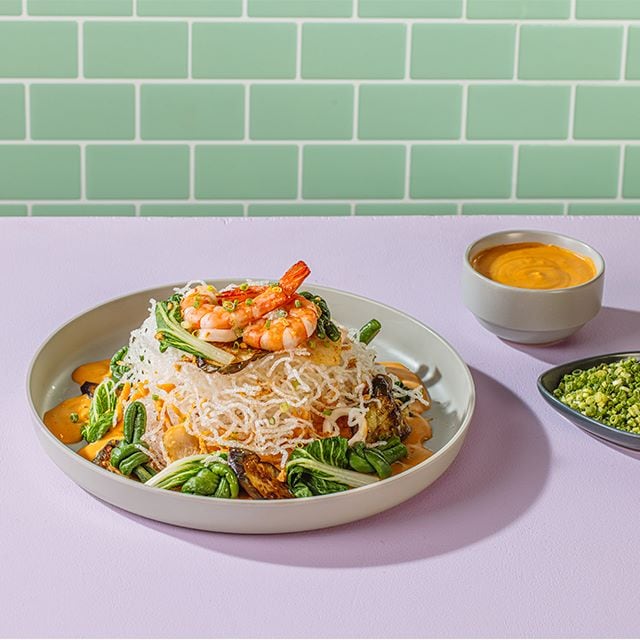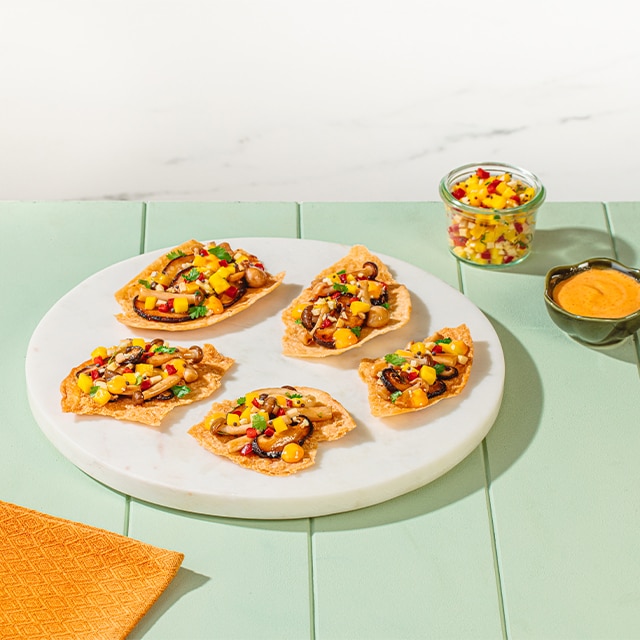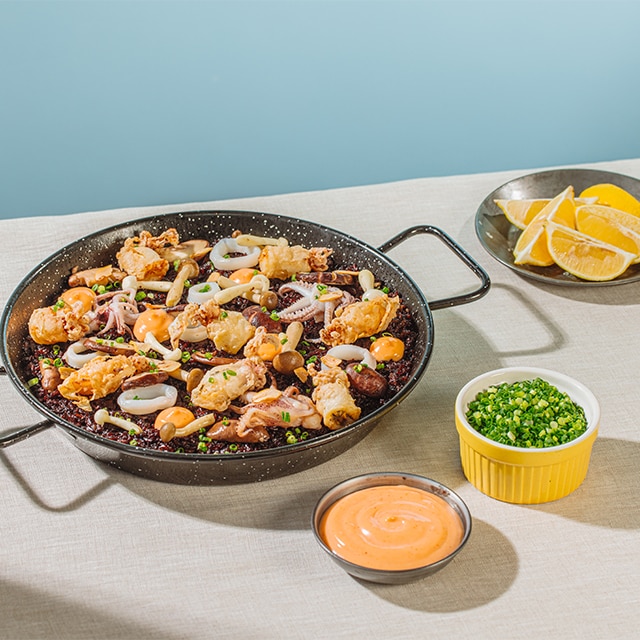News flash: Communal dining is making a major comeback, and you don’t want to be left behind. While the past few years focused on individualism – good-for-one meal kits, solo dining booths, and physical distancing – current trends show a shift toward heightened connectivity. Diners now seek unique experiences that allow them to bond over authentic stories and hearty, modernized fare. Think Gen Z-fied boodle fights, themed samgyupsal parties, and choose-your-own-adventure hotpot soirées.
The “New Sharing” food trend is on the rise, and it’s time you welcome big groups with open arms. Embrace the ethos that food should always bring people together. So, optimize your menu for more “dinners with the fam” and promote a sense of community inside and outside the walls of your restaurant. Here’s how you can do just that and the benefits you’ll reap along the way.
The Benefits of Promoting Communal Dining in Your Restaurant
Still debating whether to add more platters and reconfigure your restaurant for group dining? Consider these benefits that might persuade you to make the change:
1. Your business fosters a stronger community.
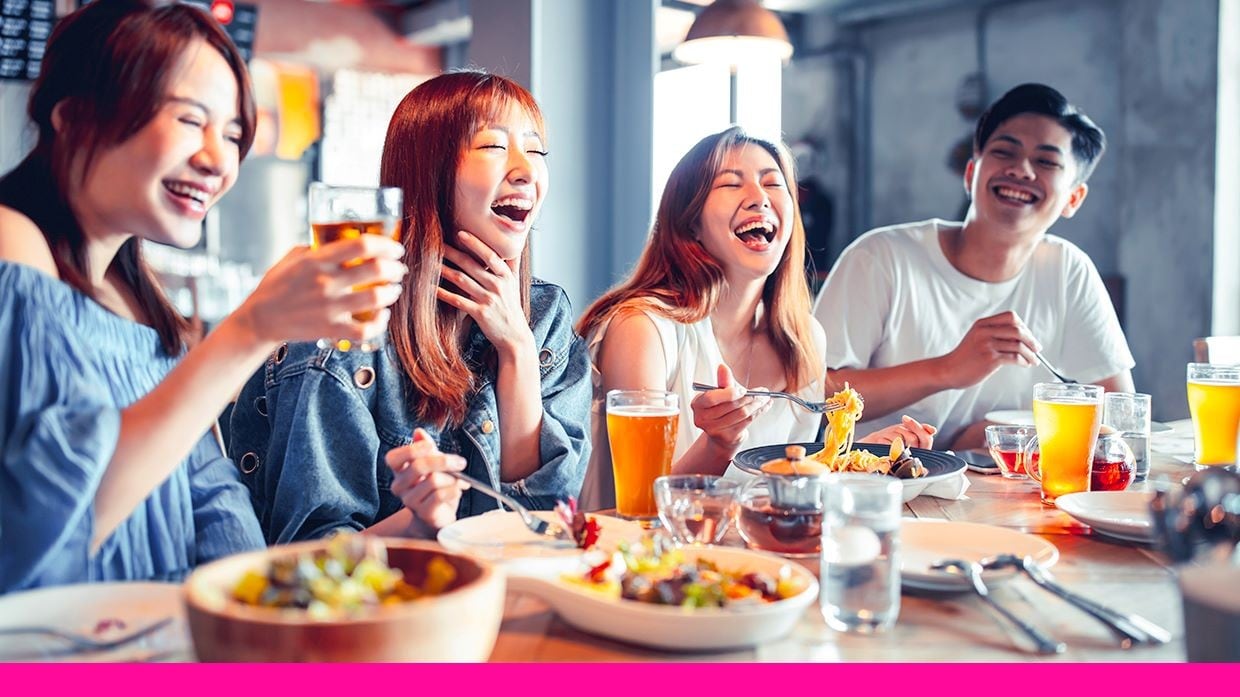 Promoting communal dining means crafting memorable shared experiences for your customers.
Promoting communal dining means crafting memorable shared experiences for your customers.
When diners feel a genuine connection through your restaurant, they’re more likely to return and bring friends along. A strong sense of community boosts repeat visits and increases your average check per night. Isn’t that great news for your biz?
Building community isn’t just about filling tables; it’s a strategy that supports networking, marketing, and customer loyalty. Remember: the power of word-of-mouth is still hard to beat! When customers share positive experiences, they become ambassadors for your brand and expand your reach organically.
2. Shareable food is more economical to produce.
If you’re hurting from skyrocketing operational costs and fluctuating raw material prices, communal dining can offer relief. Larger servings allow you to purchase ingredients in bulk, leading to significant savings. For example, a 3.8-liter bottle of Knorr Liquid Seasoning offers up to a 10% discount compared to a 2-liter bottle. Larger protein cuts and crates of produce also cut costs. And when those savings accumulate, they can have a positive impact on your bottom line.
Additionally, shareable platters require less preparation, manpower, and utilities than individual plates. A “one-time, big-time” model reduces the need to repeat processes, improving efficiency and controlling overhead.
3. You reduce labor costs.
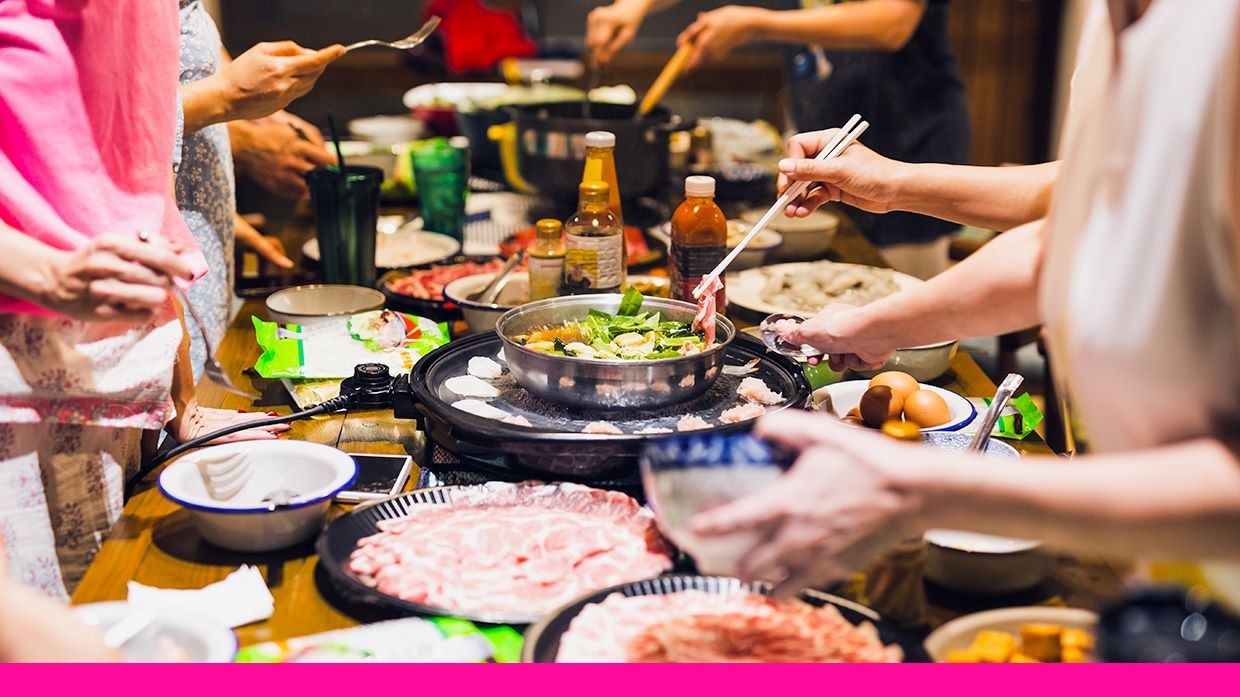 Korean BBQ, hotpot, and shabu-shabu don’t require an extensive BOH team.
Korean BBQ, hotpot, and shabu-shabu don’t require an extensive BOH team.
Many food establishments today face challenges from rising labor costs and a shortage of skilled staff – factors crucial to ensuring your business's success. However, group dining models can help mitigate these challenges.
Consider restaurants like Korean samgyupsal spots that leave much of the cooking to the customers. This setup focuses on prepping raw ingredients and simple sides, reducing kitchen workload and labor costs. The same concept applies to hotpot, shabu-shabu, and yakiniku outlets, which draw in larger groups.
4. Communal dining reduces waste.
Group dining also leads to less waste. More diners around the table mean more people to finish what the group ordered. Shared consumption encourages diners to be mindful of portion sizes and the value of food. And if there are leftovers, someone in the group will likely take them home.
Behind the scenes, waste reduction is even more pronounced. Bulk cooking uses ingredients more efficiently, allowing you to utilize entire components. Plus, it urges you to find creative ways to transform odds and ends into distinct dishes.
5. Chefs flex their creativity.
It’s always fun to cook for groups. Diners in larger parties are generally more open to exploring flavors and trying new dishes. If you own a K-BBQ restaurant, now’s the perfect time to experiment with samgyupsal ingredients and recipes you've been saving. Give it your all!
Filipino diners, especially when eating with family, become more adventurous and generous. They’re typically willing to spend on new items with unique twists that make the dining experience memorable. Take this opportunity to showcase your culinary creativity and boost your profits.
How to Optimize Your Menu for Group Diners
Catering to groups allows you to unleash your imagination. For instance, go all out with that boodle fight menu and introduce elements to shock your diners. Why not try an all-black spread featuring squid ink rice and dinuguan sausages? Be playful, prioritize abundance, and promise a multi-sensory experience.
Turn your kitchen into a playground.
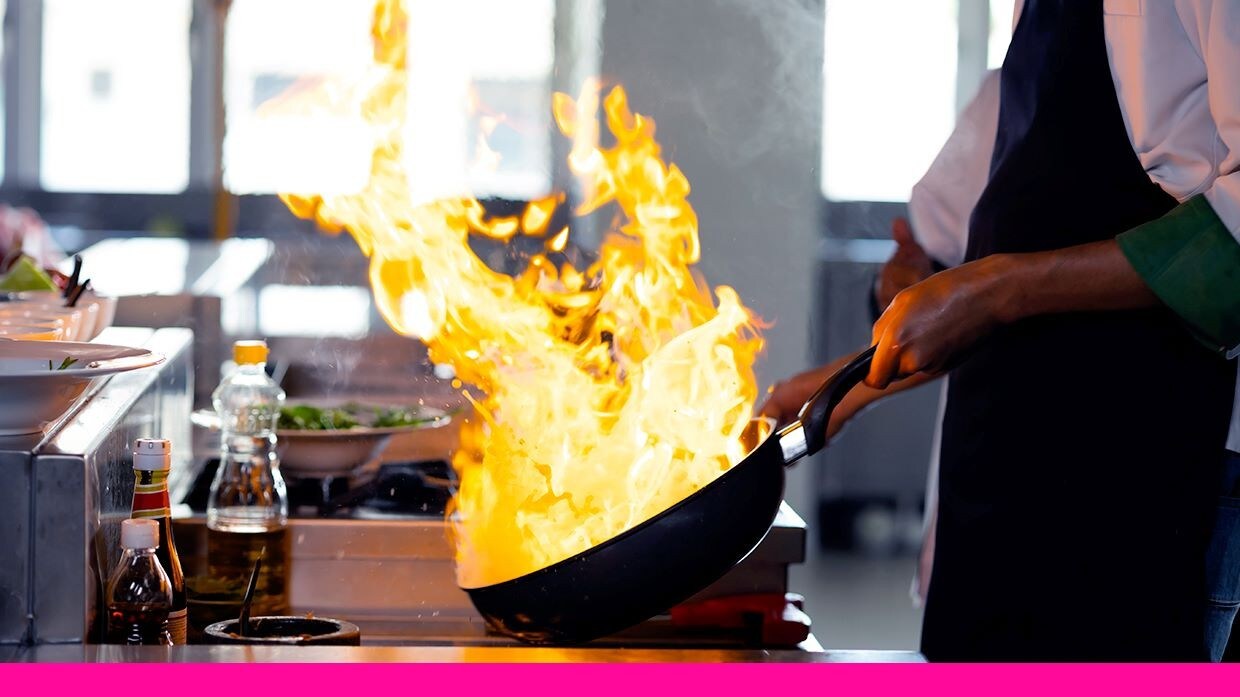 Unleash your culinary creativity and offer group diners interactive meals.
Unleash your culinary creativity and offer group diners interactive meals.
Experiment with new flavor combinations, serve interactive courses, and infuse maximum thrill into your dishes. Aim to wow your customers with cross-cuisine mashups and over-the-top dining experiences that engage all senses.
Embrace the board trend.
Those trendy charcuterie boards aren’t going anywhere. But make sure to spruce them up with fresh themes and elements that appeal to modern diners. Food boards are visually appealing, easy to prepare, and perfect for sharing.
Offer snackified experiences.
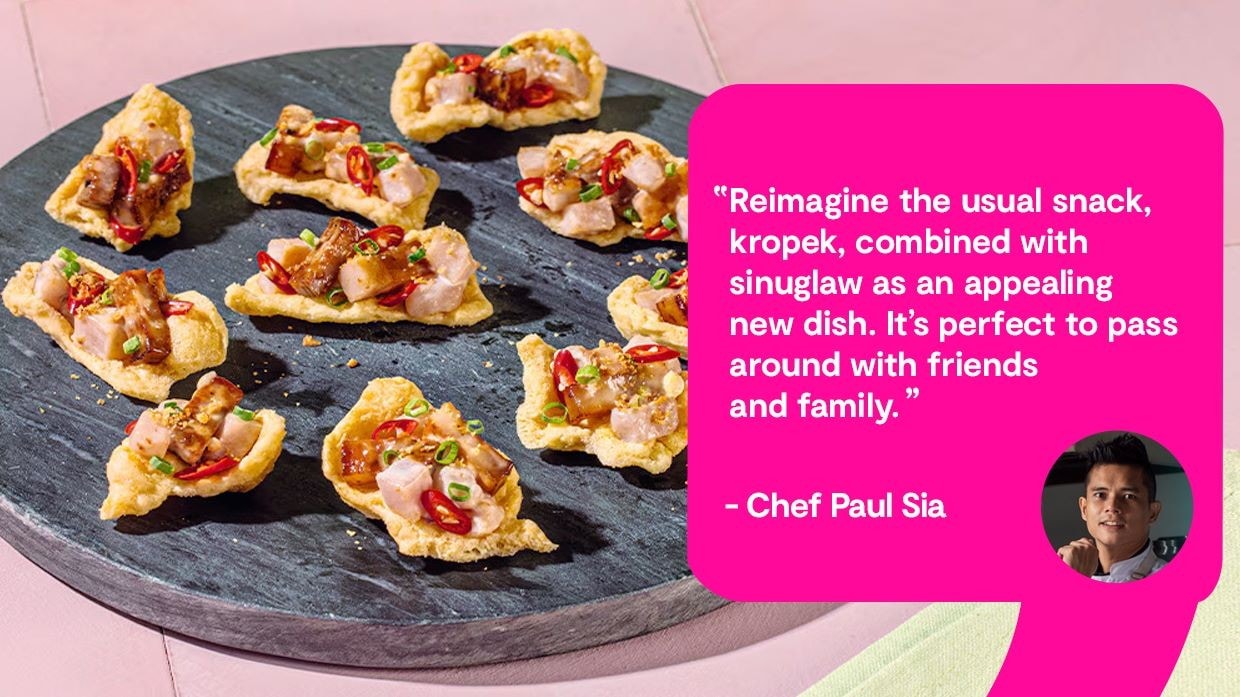 Turn traditional Filipino favorites into easy, shareable treats.
Turn traditional Filipino favorites into easy, shareable treats.
Snacks are fun, dynamic, and shareable! They allow diners to engage and connect with others without interruptions. However, don’t settle for the usual merienda fare. Diners are on the lookout for novelty.
Surprise your group diners with creations like chef Paul Sia’s Kropek Sinuglaw and Chorizo Cebu Pandesal Canapé. His Dinakdakan Chicharon Canapés and Inasal Kwek Kwek Platter are also worthy additions to a boodle fight spread.
The “New Sharing” trend emphasizes the importance of eating together as a family – biological or chosen. And for many boodle fight-loving Filipinos, that sense of connectivity is priceless. Encourage communal dining in your food biz today and reap all the benefits mentioned. Everyone’s invited to these well-curated shared feasts!
Learn more about this and other food trends in the Future Menus 2024 report. Download your copy today!

